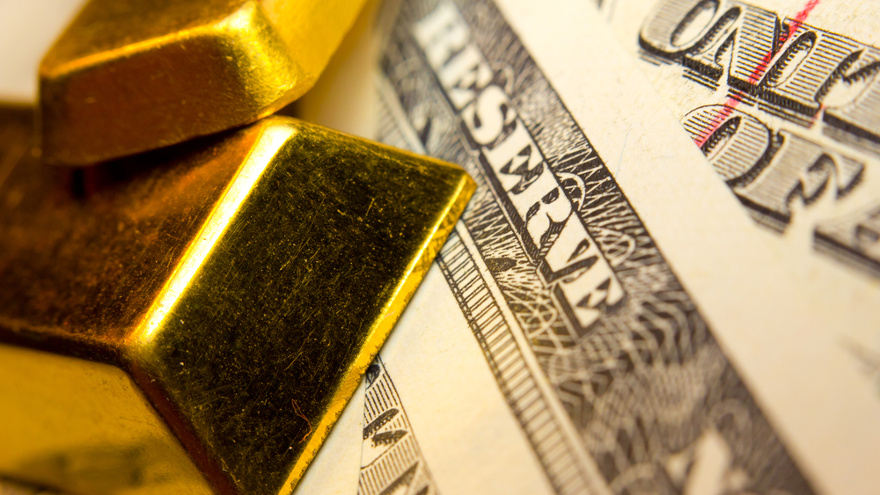Another Fed rate uptick pushes affordability limits

The Federal Open Market Committee at the Federal Reserve voted unanimously to push the target range for the federal funds rate to 2 percent to 2.25 percent.
Wednesday’s development marked the fourth rate hike this year, building expectations for at least one more before 2018 closes.
The Cox Automotive team of analysts and economists examined the latest move that’s likely to put more pressure on the U.S. automobile business as consumers are typically paying $400 to $500 a month already on their vehicle installment contracts, according to the second-quarter data assembled by Experian.
“There’s no question the Fed’s actions this year are impacting car buyers. The discount rate, which the Fed controls, is up now 100 basis points year-over-year. Loan rates, however, move independently and have risen on average slightly more than the Fed’s moves in the last 12 months,” Cox Automotive chief economist Jonathan Smoke said.
Smoke pointed out that the “best available” average advertised 60-month, new-vehicle rates reported earlier this week by Bankrate were already up about 75 basis points over this time last year. He calculated that amount of rate inflation alone would translate into 2 percent higher payments, if all other variables remained the same — contract term, down payment and amount financed.
“That increase would turn a $500 loan payment into $510 a month, which may not seem significant. Over a 60-month loan, however, the price is up $600 over the same purchase last year,” Smoke added.
Certainly, the Fed’s decision impacts much more than just auto financing. Fed chair Jerome Powell looked to explain why policymakers are taking these actions.
Our economy is strong. Growth is running at a healthy clip. Unemployment is low, the number of people working is rising steadily, and wages are up. Inflation is low and stable. All of these are very good signs. Of course, that’s not say that everything is perfect,” Powell said in his opening statement of a nearly hour-long press conference that can be seen here or via the window at the top of this page.
“The benefits of this strong economy have not reached all Americans,” he continued. “Many of our country’s economic challenges are beyond the scope of the Fed, but my colleagues and I are doing all we can to keep the economy strong, healthy and moving forward. That is the best way we can promote an environment in which every American has the opportunity to succeed.”
While trying to encourage wide swaths of success, the Fed might be placing a drag on the automotive space. Cox Automotive senior economist Charlie Chesbrough explained why.
Higher interest rates are having an impact on the U.S. economy, and the vehicle market may be one of the best indicators of this,” Chesbrough said.
“With stock markets and consumer confidence at near-record levels, and unemployment near 20-year lows, vehicle sales should also be at record highs. Yet vehicle sales hit their peak two years ago and have been declining since, as interest rates and monthly payments have risen,” he went on to say.
The Fed has two more opportunities to modify interest rates before the year finishes; first on Nov. 8 and again less than a week before Christmas.
Both Smoke and Chesbrough looked ahead to what the future holds for activity at auto-finance companies and dealership F&I offices.
“It will not get better for consumers or the industry from here. The seven increases over the last 22 months have already changed the market from one that had peak new-vehicle sales two years ago to one that now has peak used-vehicle sales. Clearly, the Fed isn’t finished, as they have indicated an additional increase will come in December, with more expected in 2019,” Smoke said.
“Consumers need transportation, but there are limits to what they can afford,” Smoke continued. “By necessity, the higher rates are forcing consumers toward vehicles that will deliver the payment that works. As a result, the new-vehicle market is challenged by affordability, and ironically the most affordable and most popular vehicles are imported and face the threat of new tariffs which will drive their prices higher.
Chesbrough acknowledged, “It’s an interesting time for automotive shoppers: Waiting for a better vehicle price is likely a mistake. Higher interest rates, coupled with higher production costs from tariffs, is putting upward pressure on vehicle prices during a critical period for the industry.
“Another rate increase is expected in December, so monthly payments are likely to follow,” Chesbrough continued. “In addition to rising prices and payments, inventory levels are in a better condition this year than last, leading automakers to keep incentive spending in check. This combination of factors is likely pricing some buyers out of the market and may be leading other shoppers to buy now rather than wait.
“These buying conditions are likely to continue to deteriorate and suggests next year’s vehicle market will be under even more pressure,” he added.

 View The Latest Edition
View The Latest Edition

